Companion planting is a time-honored gardening practice that involves strategically pairing plants to enhance their growth, repel pests, and improve overall garden health. While vegetables often take center stage in companion planting schemes, flowers can play a vital role in supporting and enhancing the productivity of vegetable gardens. In this guide, we’ll explore the benefits of incorporating flowers into companion planting schemes for vegetable gardens and highlight some ideal flower-vegetable pairings to help you create a harmonious and thriving garden.
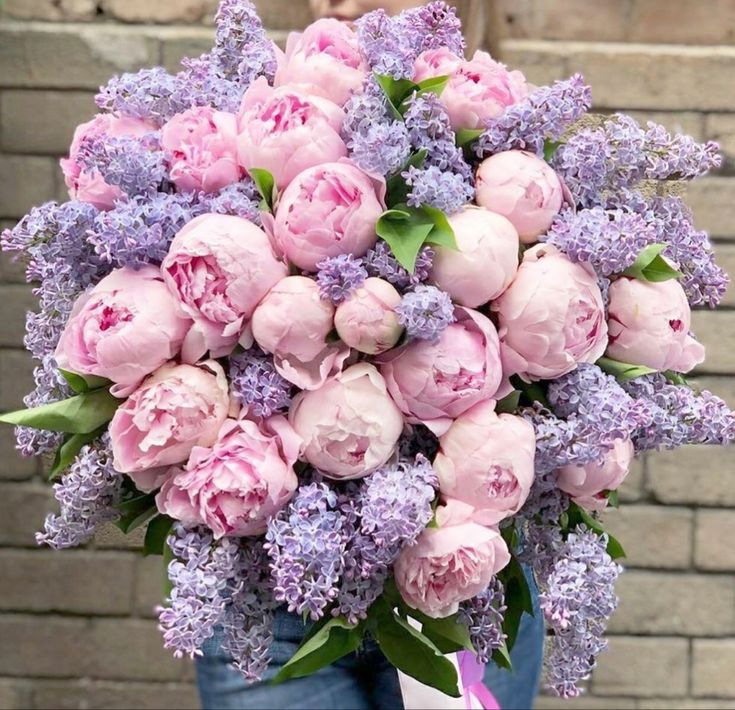
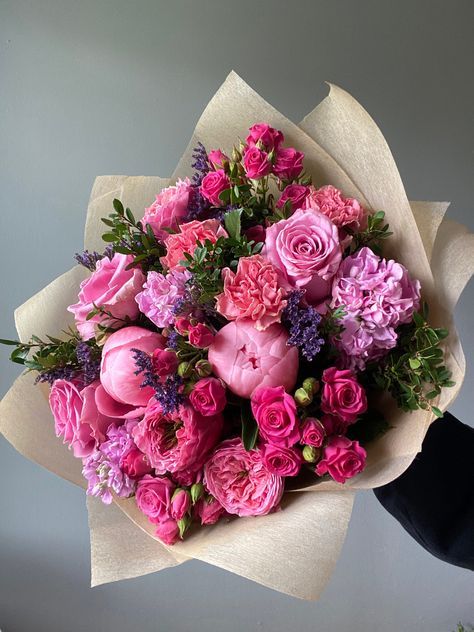
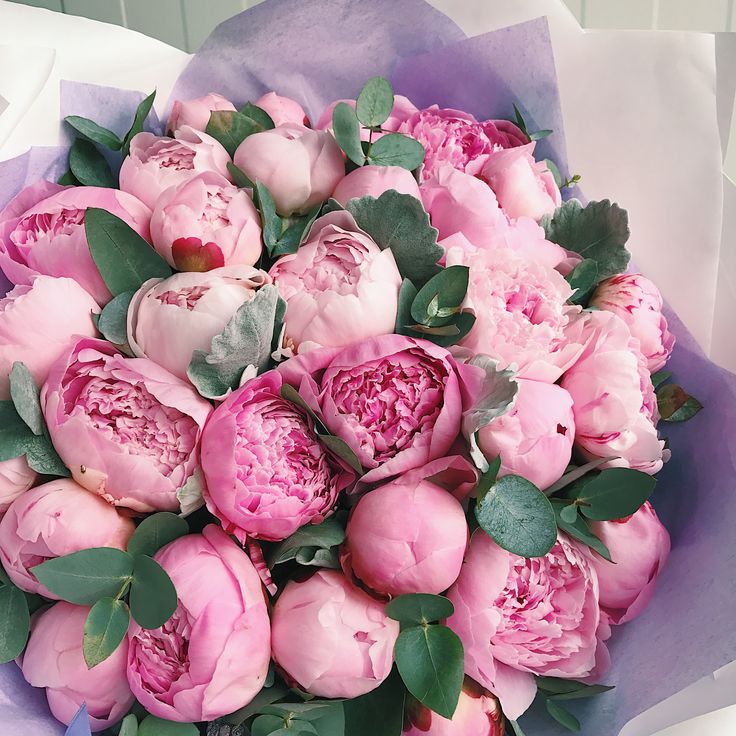
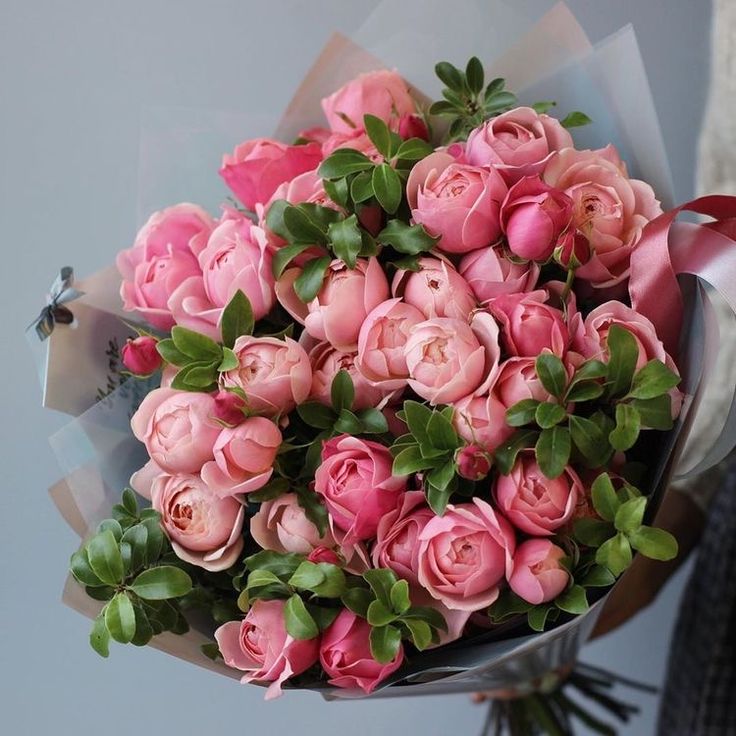
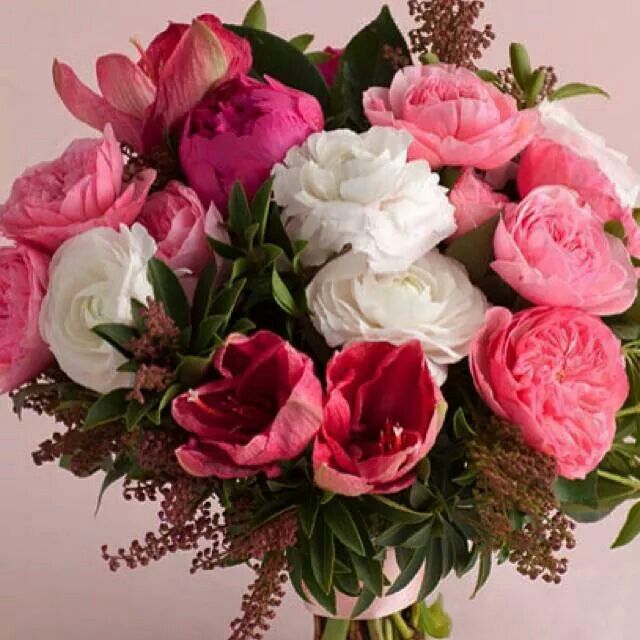
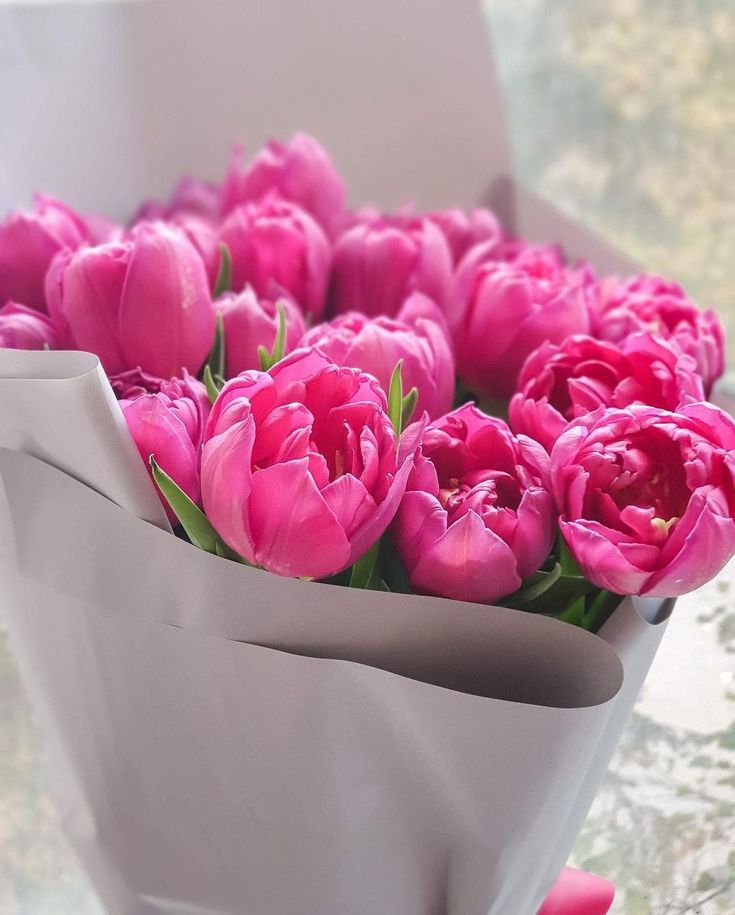
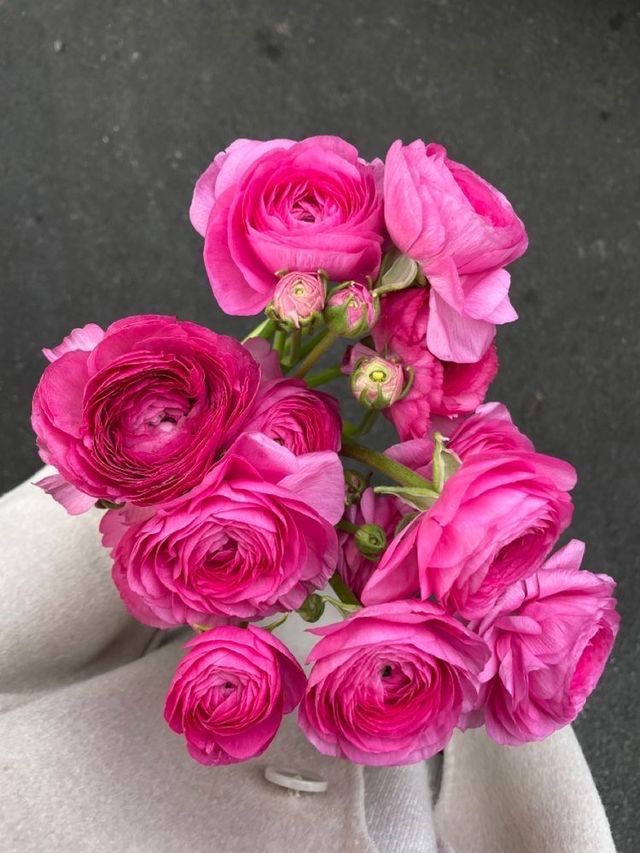
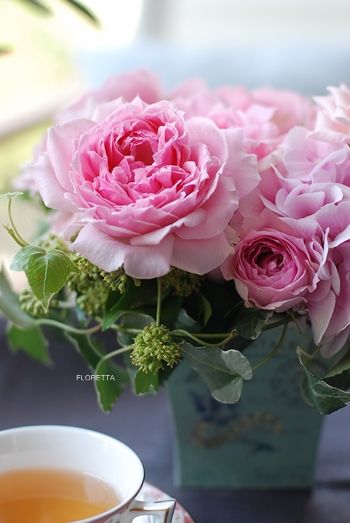
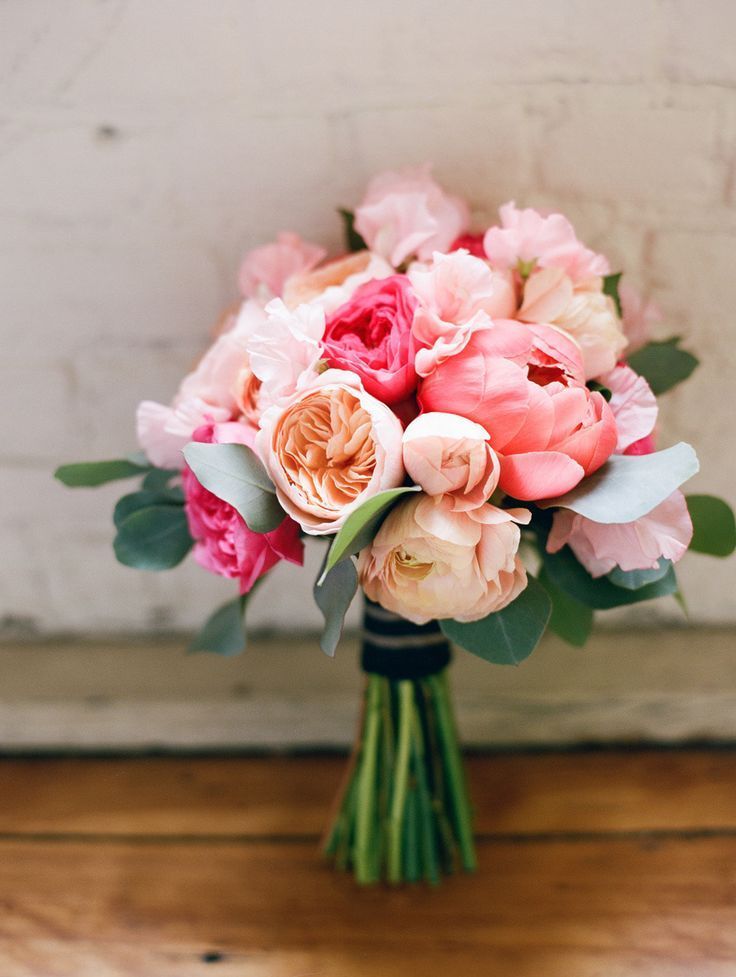
Understanding Companion Planting with Flowers
- Pest Control: Certain flowers, such as marigolds, calendula, and nasturtiums, possess natural pest-repelling properties that can help deter harmful insects and pests from attacking vegetable crops. By interplanting flowers with vegetables, you can create a more diverse and resilient garden ecosystem that naturally regulates pest populations without the need for chemical pesticides.
- Pollination: Many flowering plants attract beneficial pollinators, including bees, butterflies, and hummingbirds, which play a crucial role in pollinating vegetable crops and ensuring abundant harvests. By incorporating bee-friendly flowers into your garden, you can attract pollinators and increase pollination rates, leading to improved fruit set and higher yields for your vegetable crops.
Ideal Flower-Vegetable Pairings for Companion Planting
- Marigolds and Tomatoes: Marigolds are renowned for their ability to repel nematodes, aphids, and other pests that commonly plague tomato plants. Planting marigolds around tomato beds can help protect these vulnerable crops while adding a splash of color to the garden.
- Nasturtiums and Squash: Nasturtiums not only repel pests like squash bugs and aphids but also attract predatory insects that feed on garden pests. Planting nasturtiums near squash plants can help protect them from common pests while providing edible flowers and foliage for culinary use.
- Calendula and Beans: Calendula, also known as pot marigold, attracts hoverflies, which prey on aphids and other sap-sucking pests that can damage bean plants. Interplanting calendula with beans can help deter aphids and enhance bean plant health and productivity.
- Lavender and Cabbage: Lavender emits a fragrant aroma that repels cabbage moths and other pests attracted to brassica crops like cabbage, broccoli, and kale. Planting lavender near cabbage plants can help deter pests and promote a healthier cabbage crop.
Tips for Successful Flower-Vegetable Companion Planting
- Complementary Growth Habits: Choose flowers with growth habits that complement those of your vegetable crops, avoiding tall or invasive species that may shade or compete with vegetables for resources.
- Successional Planting: Incorporate flowers into companion planting schemes using successional planting techniques, staggering planting times to ensure a continuous supply of blooms throughout the growing season.
- Diversity: Aim for a diverse mix of flowers and vegetables in your garden to create a balanced and resilient ecosystem that supports beneficial insects, pollinators, and soil health.
Conclusion
Integrating flowers into companion planting schemes for vegetable gardens offers numerous benefits, including pest control, pollination support, and enhanced garden aesthetics. By strategically pairing flowers with vegetables based on their pest-repelling properties, pollinator-attracting abilities, and complementary growth habits, you can create a harmonious and productive garden that thrives throughout the growing season. Whether you’re planting marigolds with tomatoes, nasturtiums with squash, or lavender with cabbage, incorporating flowers into your vegetable garden can elevate its beauty, biodiversity, and overall productivity. Embrace the concept of blossoming partnerships in your garden and watch as flowers and vegetables flourish together, creating a vibrant and bountiful oasis of color and abundance.